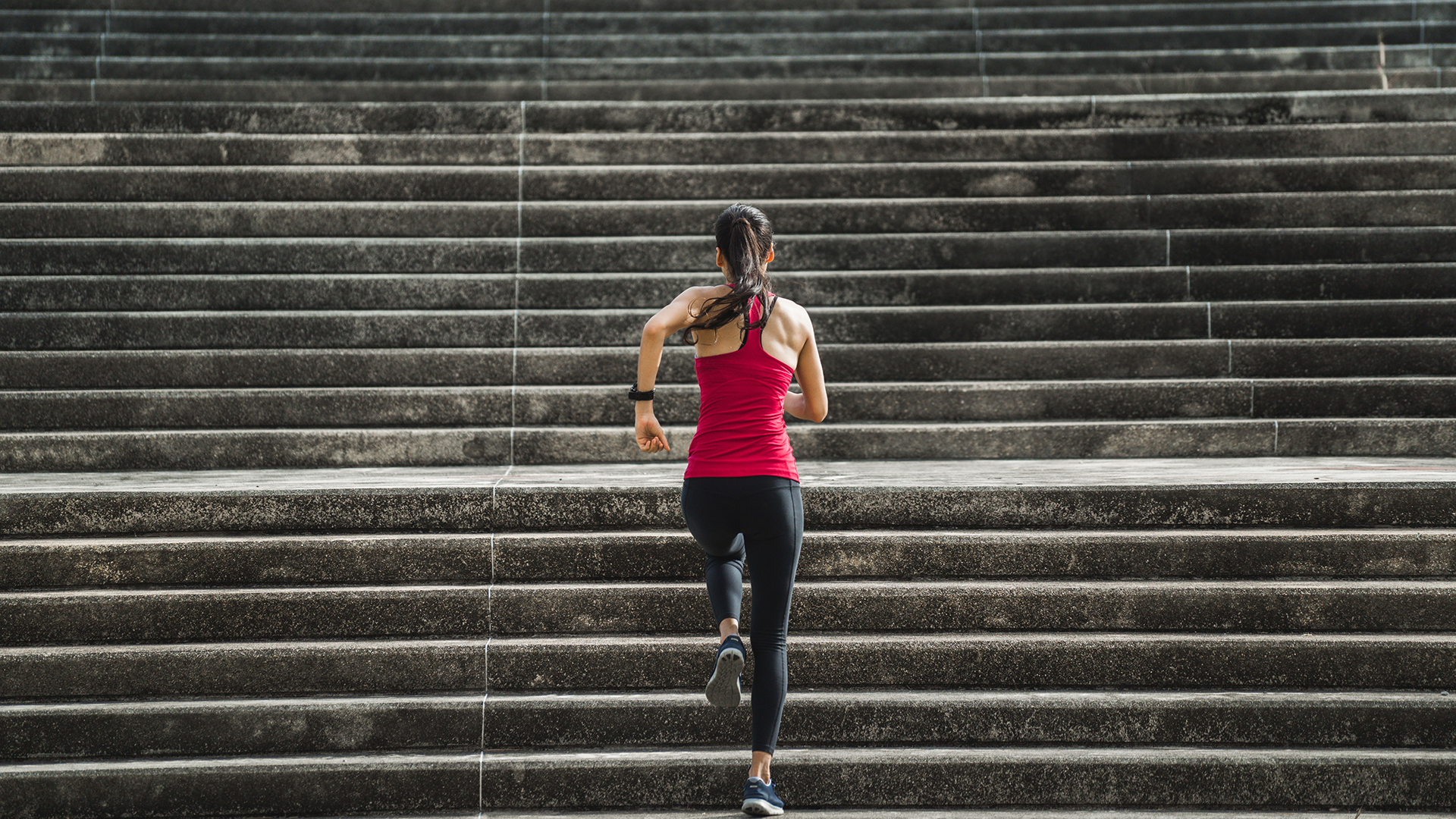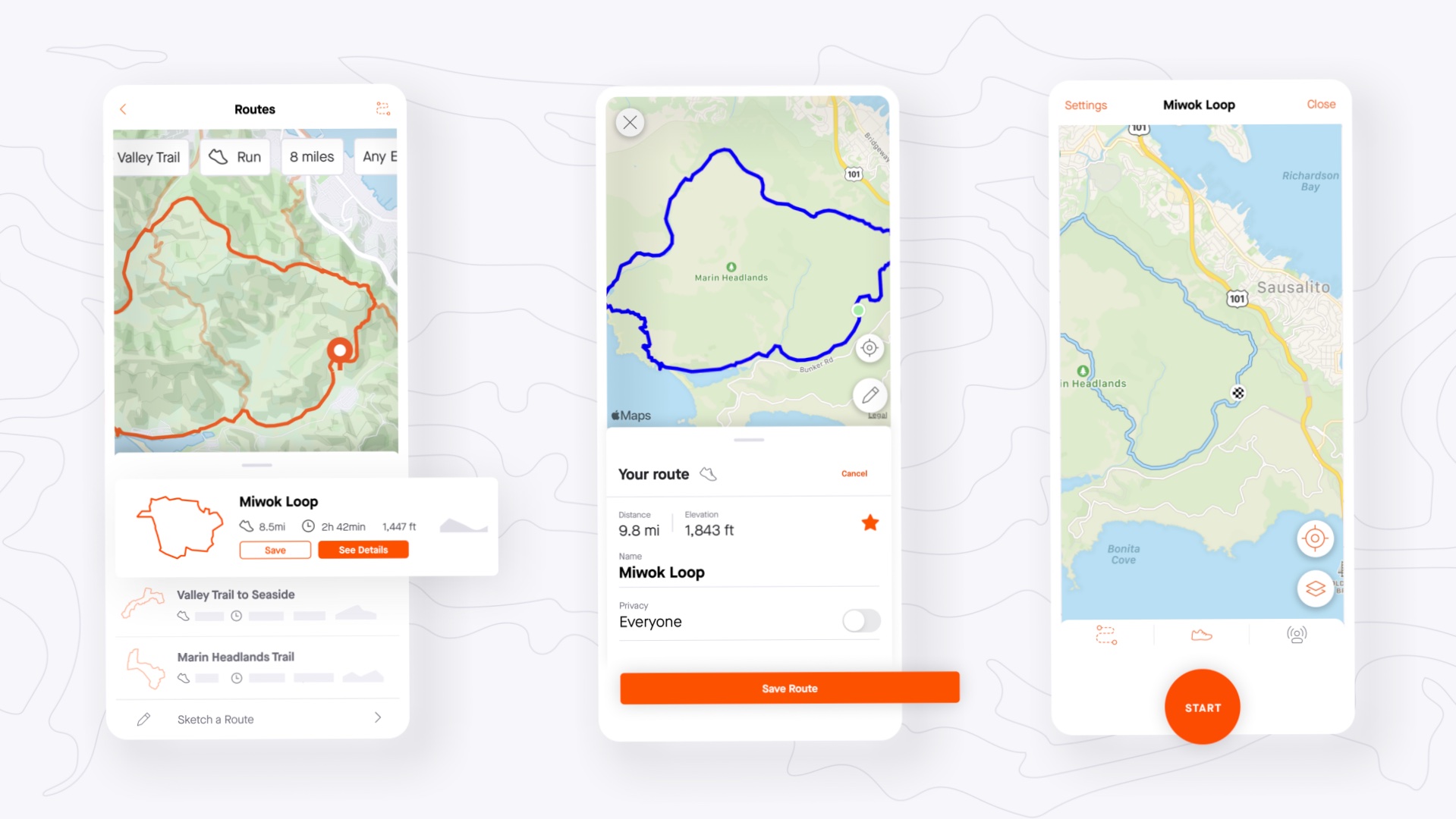6 mistakes everyone makes with Strava
Are you a Strava user? Dodge these six errors to make the most of the popular fitness app


Strava is a fitness app that helps track physical exercise and also acts as a social media platform for people interested in fitness. It's used mainly by cyclists and runners, however, any type of workout can be logged in the app. Strava often adds new features, making it harder for people to master this otherwise brilliant app. If you want to make sure you're utilising Strava to its full potential, avoid the six mistakes listed below.
Strava is popular but it's a polarising fitness app. While most people love it, some think it's detrimental to fitness and forces people to work out more than they should. Don't believe the whiners; Strava can be used right and it can help you perform better, as long as it's used correctly.
So, strap on your running watch and put on your running shoes or turn on your bike computer and jump on the saddle of your road bike: it's time to learn how to use Strava correctly! The mistakes to avoid are:
1. Measuring your performance against others
Pitting your training stats against others is the main source of grief for those who criticise Strava. And we agree; it's hard not to compete with complete strangers when even Strava compares you against people via its Strava Segment feature (more on this below).
However, there is absolutely no point in comparing your performance against others, especially those who have more time to train and/or professional athletes. In reality, there is nothing to compare: you have no idea how these strangers train or what else they do when they aren't training.
Even if you knew how these seemingly fast people work out, that wouldn't help you much. Sure, it can be inspiring to see the dedication of some people but your circumstances could be completely different than theirs.
Instead, use Strava as a training log and a tool to help you stay in touch with likeminded people in your area or around the world.
Get all the latest news, reviews, deals and buying guides on gorgeous tech, home and active products from the T3 experts

2. Not checking your privacy settings
Strava can track your outdoor workouts using your phone's GPS. You can also feed location data into the app using a triathlon watch or fitness tracker. Now, this is all great, but because by default, everyone can see your fitness activities on Strava, you basically advertise your home address to the world. Why? Because it's likely you start and finish your runs/cycle rides near where you live.
The good news is that you can change and even hide your routes in the app. You can change where you appear in the app (e.g. other people's feeds, only in your friends' feeds) and also adjust map visibility: you can hide the start and endpoints of activities at a specific address or hide the map altogether.
Every stat will be still available to you, but it won't be shared with others. You don't want creepy people loitering around your home because they know your address from Strava! You can find your privacy settings under preferences in Strava; we recommend checking them the next time you open the app.
3. Using the stats to brag (and not to learn)
Strava is a social media platform – after all, you can connect to other users and like and comment on their activities – but it also allows you to share your activities outside the app, on Facebook etc. Many people use this feature to brag on other social media sites about their latest activities: "Look, I just went for a 3k jog. Am I not the healthiest person in the world?"
Not only does this make you look sad, but by only using Strava to brag on Facebook, you miss out on the best feature of Strava: the training log. Under Profile in the app, you can see a summary of your training stats which is a great way to keep track of your efforts.
Even in the free version, you can see how many days you trained, how many hours of work you put in, the distance you travelled, etc. You can also see trends and which in itself can be motivating. Best of all, Strava does an annual recap of activities which is always fun to watch!

4. Not using it for networking
Strava users like to exercise; otherwise, they wouldn't use the app. Knowing this, it's strange that not many people use it to network and connect to fellow sportspeople around the globe. You can join clubs and interact with other club members or connect to anyone else with ease on Strava.
One of the best approaches we found was to send connection requests to people who did the same race/park run you did. If it's a mass participation event, Strava often recognises it and groups people who did the race together. Have a look at this list of users and send requests to people – many of them will accept the connection request!

5. Using Strava segments to measure performance
Strava Segments are strangely popular, maybe because Strava is pushing this feature. Essentially, anyone can set up a Segment by marking and naming a section on the map – a new Strava Segment was born. Then, Strava will track times on this Segment for all users and let you know how well you performed on it in the workout summary.
It tracks your Segment performance against your previous times and also others who did the Segment. Now, everyone must understand that Strava Segments are entirely arbitrary and have nothing to do with your training. There is absolutely no need to sprint through an early Segment in your route so that you can have a good time on this made-up bit of road.
Strava Segments are a fun example of gamification, but they are not of much use from a training point of view. Have a look at them for entertainment purposes but otherwise, focus on your own training and pace instead of chasing Strava Segment times.
6. Not setting up your profile correctly
You can add gear in Strava such as shoes and watches etc. You can also edit workouts and add this gear to the summary, essentially using Strava to keep track of the inevitable deterioration of your workout gear, especially your shoes. You can use this information to assess how long your equipment lasts and make future purposes accordingly.
Did the outsole wear away on your shoes after 100 miles? Maybe try a different brand or a shoe with a thicker layer of rubber at the bottom. Have your running top or running shorts started fraying after three months? Maybe it's time to invest in proper gear.

Matt Kollat is a journalist and content creator who works for T3.com and its magazine counterpart as an Active Editor. His areas of expertise include wearables, drones, fitness equipment, nutrition and outdoor gear. He joined T3 in 2019. His byline appears in several publications, including Techradar and Fit&Well, and more. Matt also collaborated with other content creators (e.g. Garage Gym Reviews) and judged many awards, such as the European Specialist Sports Nutrition Alliance's ESSNawards. When he isn't working out, running or cycling, you'll find him roaming the countryside and trying out new podcasting and content creation equipment.